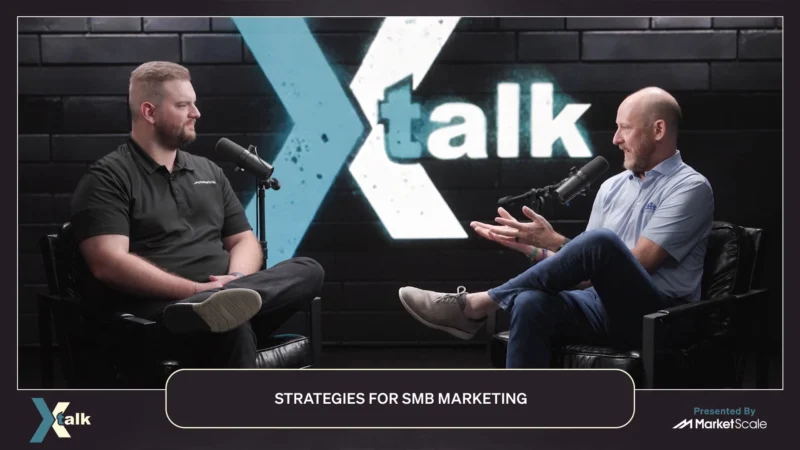How Has the BEAD Program and ACP Funding Improved Broadband Infrastructure?
Broadband infrastructure is an integral part of society as it ensures that access to networks is possible, and that necessary cables are available to provide high-quality connectivity. Broadband was given priority when the Biden administration introduced a bill in 2021 to address and solve broadband connectivity issues, particularly in rural and disadvantaged areas. The two programs that came out of it were: the Broadband Equity, Access, and Deployment (BEAD) Program and the Affordable Connectivity Program (ACP). The multibillion-dollar bill provides funding to help increase access to the internet, and allow more customers to purchase and save on affordable internet plans.
How have these programs and funding been implemented?
The Wavelengths podcast by Amphenol Broadband Solutions recently explored this. Host Daniel Litwin interviewed Ben Elkins, the CEO of AireBeam, an Arizona-based fiber internet service provider. The two discussed how funding is being dispersed between states and how the National Telecommunications and Information Administration’s (NTIA) work, in conjunction with states, is ensuring that broadband goals are met.
Litwin and Elkins further discussed …
- BEAD and its necessity for rural and underserved areas
- Why the FCC’s broadband map is very detailed in pointing out areas in need of broadband infrastructure
- How the NTIA’s crafty work with BEAD is already more impactful than previous programs, such as RDOF, in making sure funding is properly allocated
“The NTIA and BEAD, you actually have them working together, and this is perfect — you have states and government working together, which a lot of times doesn’t happen in our society, so this is really, really good. And NTIA was really smart to give each state upfront money to create two things: they got them to have office space and then get personnel and what this allowed them to do was … create directors of broadband in different folks to go out and meet the communities, meet the ISPs, and really get to know them and figure out where the needs were and where the real problem areas and how we can help different states, different counties, different communities; then figure out firsthand, ‘Okay. What ISPs could really be qualified to do this, and then what communities could be matching up well with them,’ so, really smart,” said Elkins.
Ben Elkins is the CEO of AireBeam. He has over 20 years of experience in the telecommunications field and is a graduate of Arizona State University.




